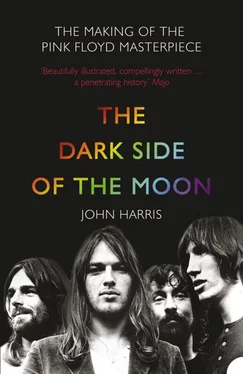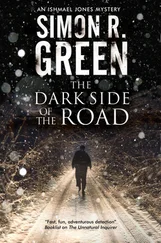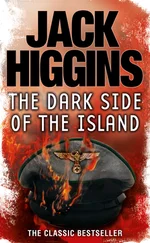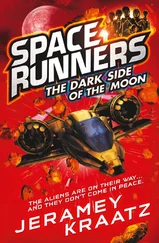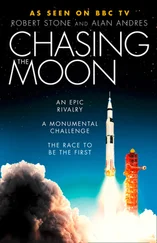‘I always remember being at the UFO club one night,’ recalls Aubrey Powell. ‘Syd was there, and Roger was there, backstage, and in walked Paul McCartney. It was a great revelatory moment: “Fuck me – a Beatle’s come to see the Pink Floyd.” Really something else. He was smoking a joint, and he passed it on. And Roger, who I’d never seen smoke before, took a huge hit of it. He knew when to play the game.’
By his own admission, Waters took acid on no more than a couple of occasions: most memorably, on a trip to Greece in 1966, with a party of friends that included Rick Wright. ‘I didn’t not do it again because I had a bad time particularly: it was more to do with how powerful it was,’ he says. ‘I’ve since heard my kids talk about taking acid and going out, and I was thinking, “ Going out? You don’t go out! ” Acid came out of the bottle: it was very much a case of taking your 600 milligrams or whatever and making sure that you stayed in . It was a sufficiently powerful experience that was your only option. In Greece, I took it, and thought I was coming out the other end, and went to the window in the room where I was – and I stood on the spot for another three hours [Laughs]. Just frozen .’
Waters’s onstage persona amounted to an approximation of poker-faced cool: recalling a Floyd concert at UFO in 1967, The Who’s Pete Townshend once made reference to ‘Roger Waters and his impenetrable leer’. In his early encounters with the press, he attempted to bolster the image with a hint of menace – ‘I lie and am rather aggressive,’ he told one interviewer. Underneath the hardened exterior, however, there was a good deal of fear.
‘I was that guy in the black T-shirt and jeans, standing in the corner in dark glasses, smoking cigarettes and scowling at people,’ says Waters, ‘not wanting to have anything to do with anyone, ’cos I was so frightened. I think a lot it came down to a fear of being exposed; being found out. Mainly sexual exposure, I think; I suppose a lot of it was to do with sex. Having grown up in the 1950s as an English teenager … well, there was a tremendous amount of repression hanging over all that stuff. I was far too ashamed to think about going into a barber’s shop and asking for a packet of condoms; I’d rather have died. It seems fucking ludicrous, but that’s how it was. So you had this mixture of embarrassment, and the fear of pregnancy hanging over you, and it was hard to shrug a lot of that off.’
Perhaps most importantly, whereas the story of Syd Barrett’s childhood is full of the idyllic, familial warmth reflected in such Pink Floyd songs as ‘Matilda Mother’, Waters’s upbringing had been riven by the fault-line created by the death of his father. In January 1944, Eric Fletcher Waters had been killed at Anzio, Italy, during a battle for a beachhead that lasted four months and was later described as ‘the Allies’ greatest blunder of World War II. He died aged thirty, leaving a family that had only just come into being: his wife, Mary, and two young children: Roger, five months, and an elder son named John. ‘As soon as I could talk, I was asking where my daddy was,’ Waters later reflected. ‘And my mother has often told me that when I was about two-and-a-half or three years old, it became really acute. In 1946, everyone got demobbed. Suddenly all these men appeared … they were picking their kids up from nursery school, and I became extremely agitated.’
In the long term, the death of Waters’s father seemed to foster an instinctive mistrust of authority, clearly evident during Waters’s school years. ‘I don’t necessarily know who I blamed for my father’s death: a lot of my blame was focused on the Germans; the enemy ,’ he says. ‘But I think if you look at my behaviour at school, it may be that there was an element of not having a male authority figure in my home life, and therefore resisting the idea of anyone else taking on that role. That was probably a factor.’ By the time Waters became an architecture student at Regent Street Polytechnic, his irreverence had been combined with an aura of headstrong self-confidence: in the words of Nick Mason, ‘He sported an expression of scorn for the rest of us, which even the staff found off-putting.’
The details of Waters’s father’s military service lent his story a particularly tragic aspect. In the early years of World War II, Eric Fletcher Waters’s Christianity led him into conscientious objection, meaning that he was exempted from active service and given a job as an ambulance driver. As the war went on, however, he was drawn towards left-wing politics – and, eventually, the British Communist Party. Given the avowed opposition of communists to fascism, he performed a volte-face and joined the army as an officer; in that sense, his newfound political outlook cost him his life. ‘To have had the courage to not go – and then to change your mind and have the courage to go … is a sort of mysteriously heroic thing to have done,’ Waters later reflected.
In the years following the war, Mary Waters remained a communist, until the unforeseen events that caused thousands of Western European communists to renounce the party. ‘My mother lasted until 1956, when the Russians invaded Hungary,’ says Waters. ‘I don’t remember that myself, but I became aware of it later on. That was a breaking-point for a lot of people. But she was very hostile towards America. Not Americans themselves: she spent time in the USA when she was young and said that she had a tremendous amount of empathy with the people she met – but America’s economic system and their role in the world.
Конец ознакомительного фрагмента.
Текст предоставлен ООО «ЛитРес».
Прочитайте эту книгу целиком, купив полную легальную версию на ЛитРес.
Безопасно оплатить книгу можно банковской картой Visa, MasterCard, Maestro, со счета мобильного телефона, с платежного терминала, в салоне МТС или Связной, через PayPal, WebMoney, Яндекс.Деньги, QIWI Кошелек, бонусными картами или другим удобным Вам способом.
